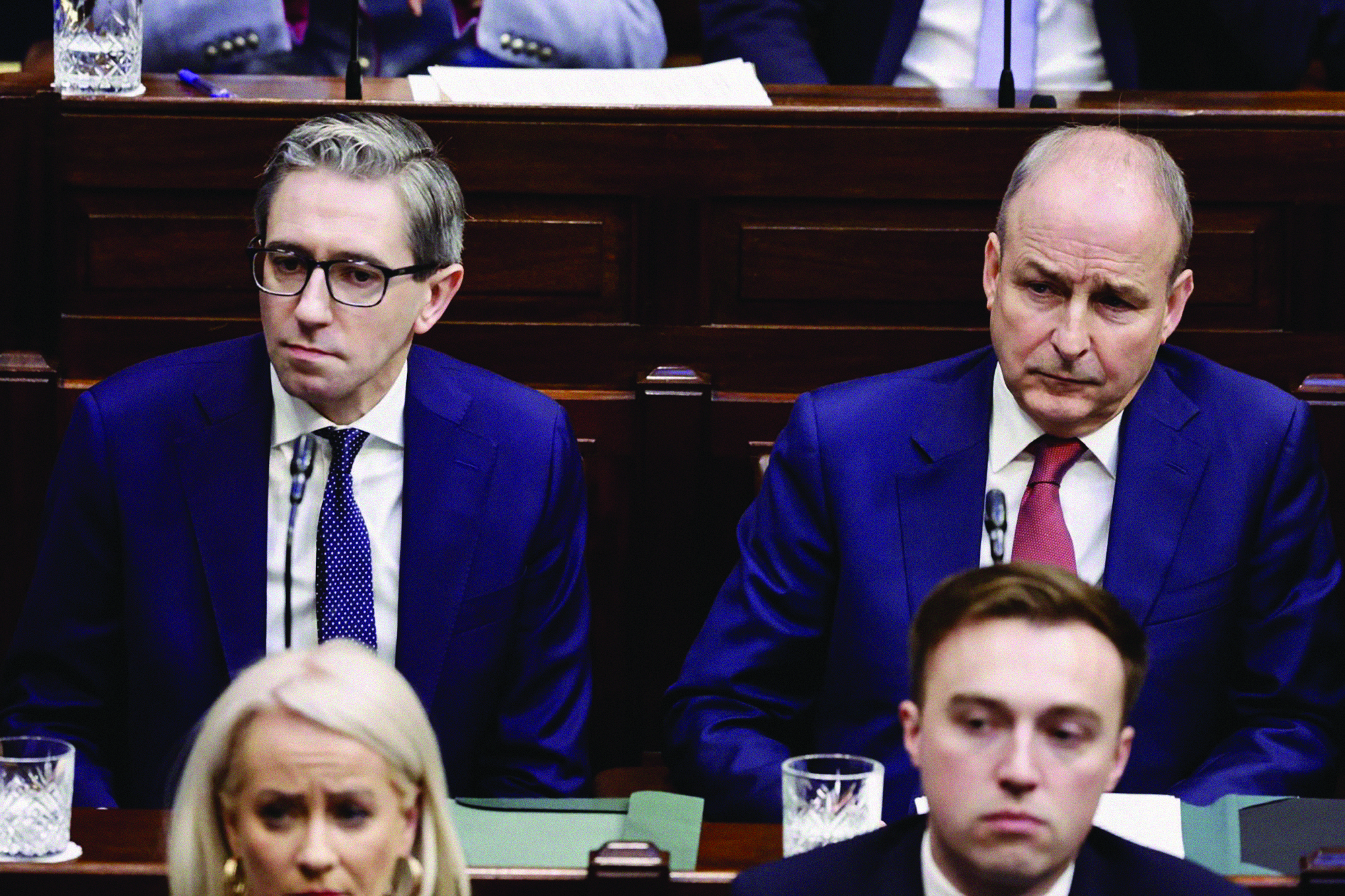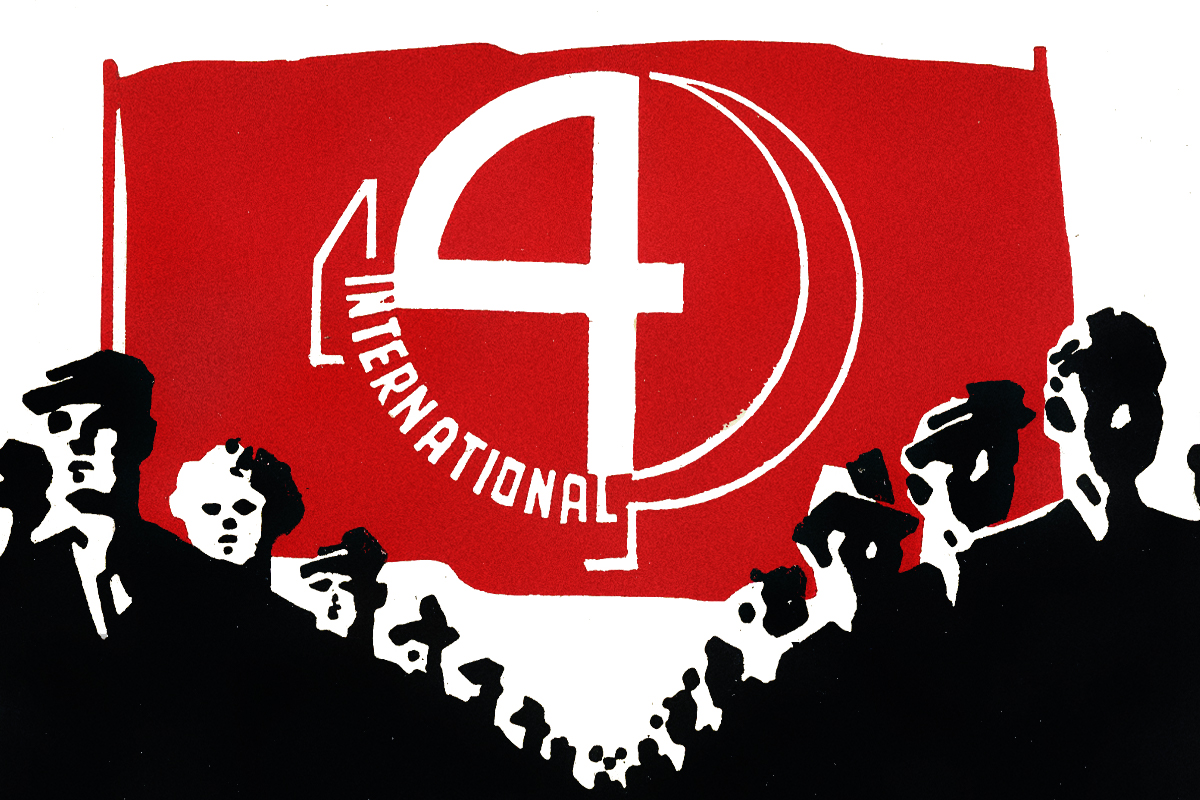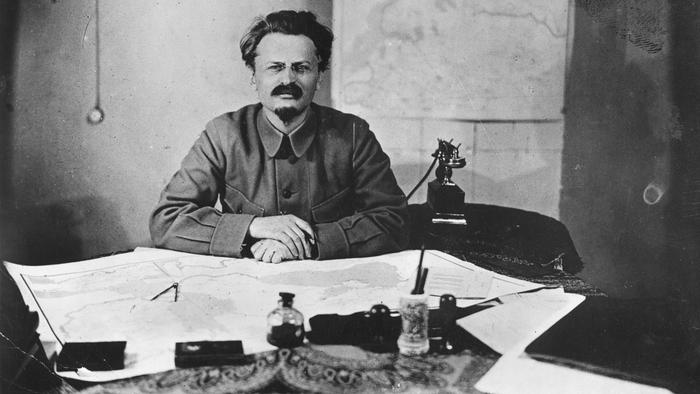Talking to the Dáil, Minister for Finance Paschal Donohoe began his Budget 2026 speech by asking rhetorically:
“The certainties that have underpinned our transformation as a country are now being called into question. Uncertainty is the defining feature of the economy of the world this year… [How do] we respond to this more difficult international environment?”
Flicking through the Budget pages, it is not hard to see how the government intends to respond. Budget 2026 is the most decisively anti-worker, pro-business budget in years.
After the so-called ‘deluge’ of cost-of-living measures last year – the empty promises and outright lies the coalition needed to secure re-election – the mask has now slipped.
The economic situation is uncertain, and workers will have to pay for the coming crisis – that’s the long and short of Donohoe and Chambers’ Budget speeches. All the cost-of-living supports are to be axed. In the meantime, big developers and corporations are in for a splash of money.
And yet, reading through the capitalist press, you’d struggle to find anyone celebrating this budget. On the contrary, the €9.4 billion “pro-enterprise” package is coming under fire from all sides.
Caught between the hammer of global instability and the anvil of rising class anger, Ireland’s ruling class finds its room for manoeuvre rapidly shrinking. In truth, they are tobogganing toward economic and political disaster – with their eyes closed.
Nothing for workers – plenty for capitalists
The headline figures are eye-watering for hundreds of thousands of already struggling working families.
Almost overnight, many will be €2,000 to €3,000 worse off than last year. The energy credits are gone. The tax bands remain frozen, which – in the context of wages still chasing inflation – amounts to a stealth tax raise. The so-called “fees reduction” in education actually means university will cost €500 more per year. Then there’s the ‘carbon’ tax increase, which will hit hardest right at the onset of winter.
After years of cost-of-living crisis, with savings at historic lows and inflation once again on the rise (food is up 4.7 percent and housing 12.3 percent in a single year), this will be the last straw for many. In 2024, a shocking 830,000 people were living in enforced deprivation, and almost a quarter of children were below the poverty line. Those numbers are only set to rise.
Meanwhile, chronic underfunding in education and healthcare continues, with allocations “pretty close to what you need just to stand still.”
But while workers are asked to tighten their belts, the government is outrageously showering its real constituency – developers and capitalists – with gifts. The VAT on new apartment sales is being cut to 9 percent. Developers like Cairn Homes (who increased their profits by 30 percent in 2024) have openly celebrated, estimating these changes will add €70,000–€80,000 in revenue per apartment.
Nor does the largesse stop there. The hospitality VAT will cost the exchequer €681 million – money that could have hired 11,000 nurses or 7,800 teachers. Instead, it will line the pockets of McDonald’s, Supermac’s, Domino’s, and their likes. Then there are the reduced taxes on investing in funds and R&D, which will translate into tax cuts and incentives for Pharma, Tech, and the biggest corporations operating in Ireland.
In short. Plenty for the capitalists. Nothing for the workers. It could hardly be more blatant.
At a time of rising class anger, and mounting hatred for the political establishment, this will only deepen the crisis of legitimacy facing the government. The repercussions for Fianna Fáil and Fine Gael will be incendiary.
A prudent budget?
But, truth be told, not everyone in the establishment is pleased either. This was supposed to be a ‘prudent’ budget – the first one for the new coalition cycle – instead it has delivered yet another record increase in spending.
“If this is prudent, I’d hate to see reckless,” wrote Daniel Murray, policy editor for the Business Post. “Budget 2026 leads us down a perilous path.”
Indeed, warnings of restraint from the so-called new ‘Troika’ of the Central Bank, ESRI and Irish Fiscal Advisory Council have gone unheeded. They had urged the government not to exceed the 5 percent spending rule. Instead, spending is in effect up nearly 12 percent since Budget 2025.
The situation is getting quite worrying from the point of view of the ruling class. Irish capitalism is becoming evermore addicted to an ever greater injection of state money.
But on the one hand, this is not solving anything. Despite expenditure having doubled since 2016, the housing crisis deepens, infrastructure remains terribly outdated, productivity gaps widen between multinationals and domestic firms, the tax base narrows, the healthcare and education system are stretched to breaking point, and domestic investment languishes with €167 billion sitting idle.
On the other hand, the source of state revenue that allows the government to implement such large budgets has never looked so uncertain.
As everyone keeps on repeating, this is all due to unprecedented windfalls in corporation tax coming from a handful of American Pharma and Tech multinationals. Without them, the state would have run a deficit every single year since the 2008 crash.
But now the tide is turning. Trump’s return to office has brought 15 percent tariffs across the board and threats of 100 percent tariffs on pharma imports for companies not investing in the US. Even worse from the point of view of the Irish ruling class, he has vowed to slash the price of prescription drugs – something the ESRI calls a “worst-case scenario” for Ireland’s tax base.
That alone could wipe out much of the €8.4 billion in corporation tax Pharma multinationals currently pay – yes, almost the full extent of this year’s budget. Hence the repeated warnings from the ESRI, IFAC, and Central Bank to rein in spending and expand the tax base.
Yet capitalist Ireland continues its descent – like a person falling from a high-rise, whispering to themselves that everything is fine because they haven’t hit the ground… yet. But the signs are ominous, the ground is getting closer.
Ominous signs
If this year’s corporation tax figures remain positive (distorted by the pre-tariff export surge and the fact that factories can’t relocate overnight), the outlook is indeed grim.
Total investment (as measured by gross capital formation) fell by a staggering 25 percent in 2024, it was the lowest in years. Foreign direct investment flow (a measure of net new foreign investment into Ireland) has been negative for four consecutive years. Many Tech and Pharma multinationals – including Intel, Salesforce, Pfizer, BP and Viatris – have already announced redundancies in Ireland.
Actually, accounting for capital spending plans, the Parliamentary Budget Office already estimates Ireland will post an effective €45 million deficit this year – a small one by European standards, but the first in many years and a dramatic turnaround from last autumn’s projected €9.7 billion surplus.
Excluding windfalls, deficit is estimated at €11.2 billion for 2025, deepening to €13.9 billion by 2027 – that’s more than 10 percent of the full cost of running the state for a year!
And all this is before the full impact of tariffs and global turmoil hits. The calm before a storm is said to be the stillest moment; if this is calm, the coming tempest will be fierce indeed.
The ruling class looks to France with a sense of dread: three governments have fallen there this year over the question of budget and debt – and the class struggle acquired an explosive character. Ireland’s underlying position is no better – only temporarily concealed by the windfalls.
Gross public debt stands at €218 billion, higher than at the peak of the 2010s debt crisis. The much-vaunted ‘rainy day fund’ covers less than a fifth of that. When the next downturn comes, it will strike an economy still riddled with all the contradictions brought to the fore in 2008.
That is, this year’s anti-workers, pro-business budget won’t only discredit the government coalition politically in the eyes of workers and young people – it is actually making the economic situation also much more explosive.
Crisis on the horizon
Why is it then that the government keeps on increasing spending, if this is not even making them politically popular, nor is it solving Ireland’s economic problems?
In truth, they are in an impossible position. They are damned if they do, damned if they don’t.
Lest we forget, Trump’s tariffs are only the latest episode in a growing tendency of protectionism around the world. Again, net foreign capital investment into Ireland has been negative for four years now.
Protectionism and tariffs are about trying to export one’s own crisis abroad. And as the big boys in the international arena are flexing their economic muscle, a small country like Ireland – completely at the mercy of the world market – is getting squeezed from all sides.
Rising government spending, tax incentives and reductions for big business at homes are only the mirror images of trade tariffs abroad. If tariffs push a multinational to move out of Ireland, tax incentives act as a pull to remain – as in tug of war.
Essentially the government is bribing them to remain. This cannot be done by lowering corporate tax directly because of OECD and EU rules, hence the tax credit on R&D etc. At the same time, they are trying to keep whatever domestic sector exists on life support, lest it be crushed by rising costs and international competitors.
But in doing so, Fianna Fáil and Fine Gael are not making the economy stronger, but weaker and even more vulnerable to international shocks. Neither will they be able to retain foreign capital in Ireland in the long term. Basically the choice they are faced with is instant death or death by a thousand cuts.
The perspectives for Irish capitalism are bleak. Once multinational tax cheques dry up, the chronic weakness of the domestic economy will be laid bare. Under capitalism, the ruling class would need to respond with even more terrible attacks at the working class, threatening them with a total collapse of the current standard of living that would make this year’s budget cuts pale in comparison.
But beneath the surface, workers’ and youth anger is already at boiling point. As attacks against the working class intensify and the government props up the rich, economic volatility will now combine with mounting anti-establishment anger, preparing the ground for a day of reckoning for Irish capitalism.
Budget 2026 is only bringing that day closer.
Our task is to build a revolutionary organisation well in advance of the impending battles.




